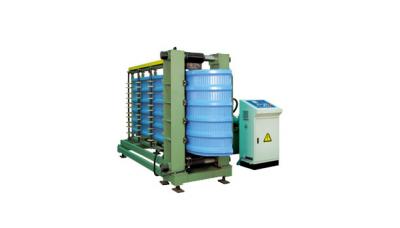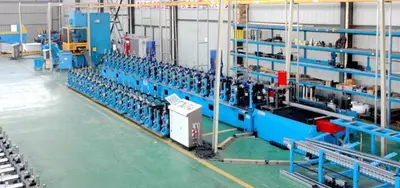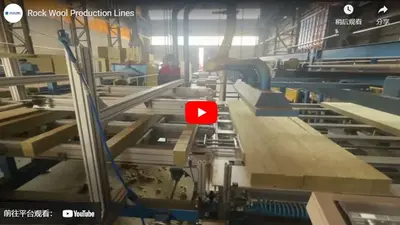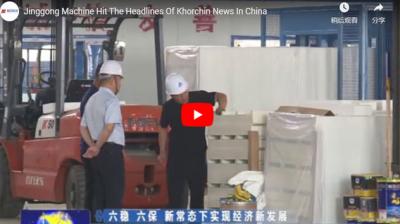Rock wool products are a commonly used insulation material in current on-site construction. From the current development perspective, the application of rock wool products produced and processed by rock wool production line equipment manufacturers in current buildings can ensure that the product buildings will bring you good thermal insulation applications.
Application of Rock Wool Production Line
Mainly used in construction, metallurgy, machinery, building materials, petroleum, and chemical industries. Besides their use in construction and industry, rock wool can also be used in agricultural production.
Rock wool production line is an excellent thermal insulation material. It melts natural rocks, ores, and other raw materials in a cupola or other furnace, and is then centrifugally spun and suddenly cooled into fibers. The molten liquid droplets are dropped onto a multi-rotor and spun into fibers through centrifugal force. The diameter is typically 4-7 microns, the bulk density is 50-200 kg/m³, and the thermal conductivity at room temperature is less than 0.044 W/mK. The material is non-flammable, non-corrosive, mildew-free, and insect-proof.
Depending on the usage temperature, ordinary rock wool is classified. High-temperature resistant rock wool can be made into strips, tapes, mats, pipes, and boards. It is used in metallurgy casting, petroleum cracking, and aerospace technology to resist ablation and high temperatures. Sound-absorbing materials and thermal insulation materials for buildings and equipment.
Precautions for Rockwool Sandwich Panel Production Line
The fall in the middle of the transmission chain causes the steel plate to move at different stages on the cooling bed, resulting in scratches on the bottom surface.
When lifting rock wool sandwich panels, it is easy to cause damage to the edge ribs. Due to irregular operation, the surface of the rock wool sandwich panel is scratched during pouring.
The friction between the middle straight clamp plate and the edge of the board causes the rough edge to overflow onto the surface of the rock wool sandwich panel, causing surface rolling pits.
The oxide scale left by the straightening carbon steel easily causes surface depressions on the surface of the color steel sandwich panel during the straightening process.
Grinding with a rough grinding wheel blade. There will be scratches on the surface, especially when the steel thickness exceeds 20 mm.
Under the influence of high-temperature steam and load, the bottom roller easily produces surface rings, which result in surface depressions under the rock wool sandwich panel.
In the heat treatment furnace, the heating temperature of the color steel sandwich panel must be higher than that of carbon steel. The color steel sandwich panel blank is easily scratched on the lower surface when the rail is moving.
In recent years, the use of energy-saving materials in the construction field has become a hot topic in the building materials industry. The application of rock wool production lines in the field of building energy conservation has provided it with new development opportunities. The technological content of the products has increased, features are more novel, and industry restructuring focusing on enterprises has entered a new stage.
According to statistics, the growth rate of rock wool production is about 20%. As production capacity continues to increase, its application market further expands. Therefore, rock wool production line equipment has become a new growth point in the green and environmentally friendly thermal insulation and sound insulation materials industry.


 CN
CN
 EN
EN
 fr
fr  de
de  es
es  it
it  ru
ru  pt
pt  ar
ar  th
th  pl
pl  ro
ro 







 Call us on:
Call us on:  Email Us:
Email Us:  #1809, Jianhu Rd, Keqiao, Shaoxing, Zhejiang, China
#1809, Jianhu Rd, Keqiao, Shaoxing, Zhejiang, China 